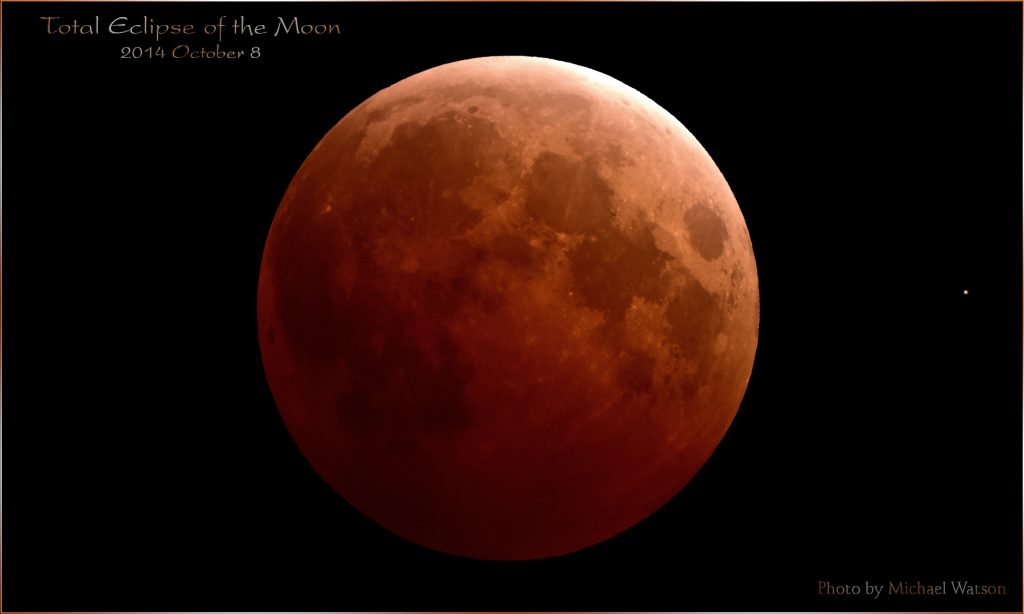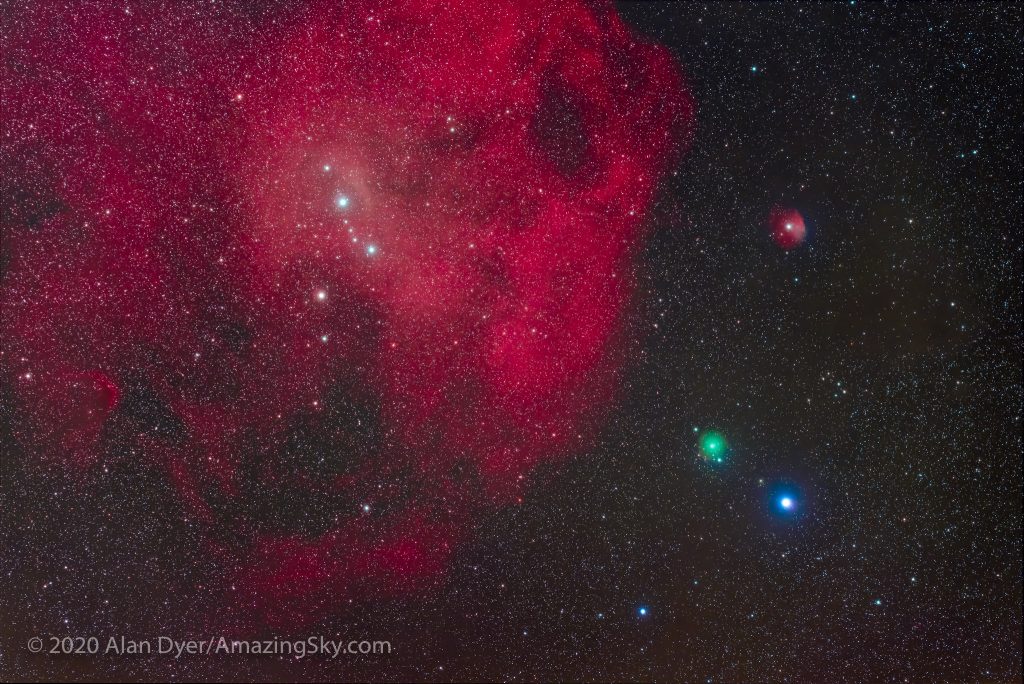A Northerly Rise for the Full Frost Moon, a Meagre Maximum for Mercury, Lots of Spots Cross Jupiter, and a Couple of Comets!
A rotating model of Saturn’s moon Iapetus. Its variation in surface brightness causes it to change in apparent brightness as it travels around Saturn over 80 days. On November 29, 2023, Iapetus will appear brighter as its reaches it western elongation. (Wikipedia) Hello, Stargazers! Here are your Astronomy Skylights for the week of November 26th,…
Read more




